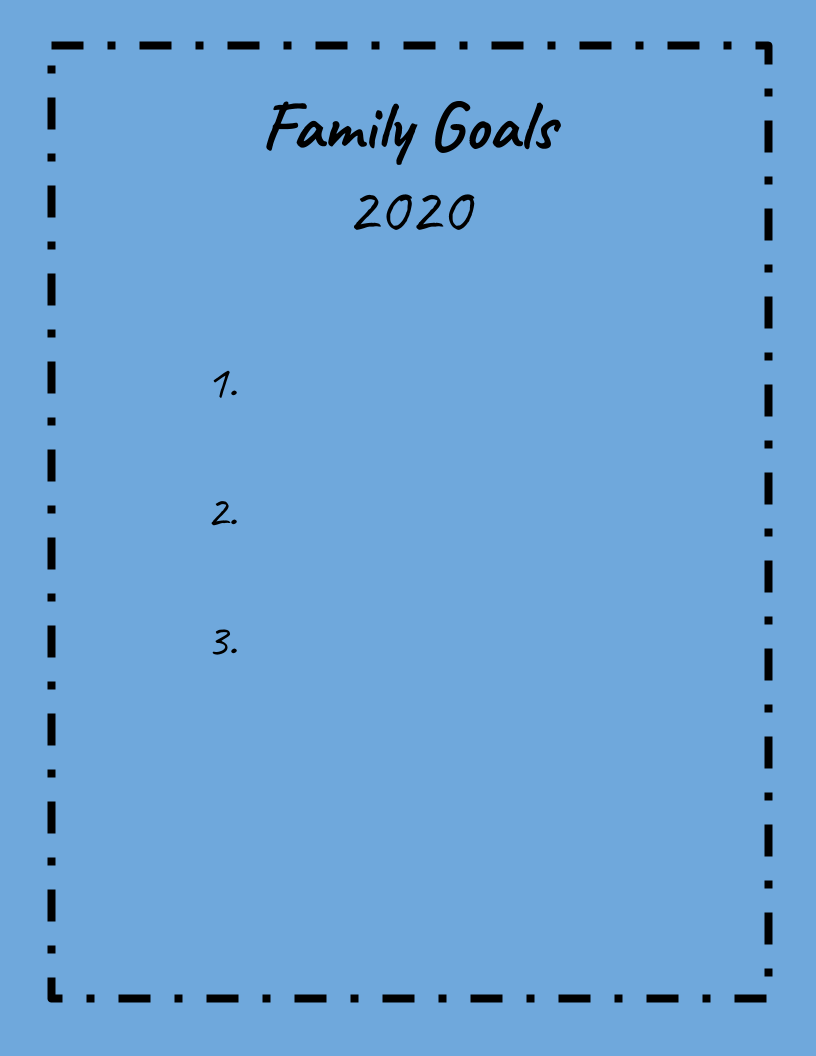Goal setting is an important skill for kids to learn, and not one that comes automatically. The ability to set clear, realistic goals and then follow through on them is a skill that takes effort and practice to learn. I don’t know about you – but it is something I struggle with even as an adult. Setting realistic goals is tough! And following through on them is even harder! So today, I will share my tips for teaching children to set goals. Then next week, we will talk about how to help kids actually stick to and complete their goals.

When we talk about goal setting with children, we usually talk about things like improving skills – sports, instruments – or improving their grades. We don’t often engage kids in setting goals around their mental health. So that is what I want to talk about today.
Remember, mental health does not mean mental illness. We are all striving for mental health: to be mentally and emotionally healthy – to live a happy and fulfilled life, to be able to stay calm when upset, to be able to tackle our nerves before a big presentation, to reduce our stress, to have difficult conversations with loved ones without it turning into a yelling match!
Kids are constantly working on their mental health as they develop their emotional literacy – their understanding of their own and others’ emotions. And helping kids to set goals around their emotional development is a great way to support their mental health, while teaching the skill of goal setting.
Here are a few ideas of mental health goals that your child may want to work on:
1. Learning to identify their feelings when they are angry, sad, frustrated, jealous, guilty, etc.
2. Learning to stay calm when angry, excited, or disappointed
3. Learning to talk about their feelings
4. Trying journaling, drawing, or another way to express their feelings
5. Creating a list of self-care activities and incorporating them into their day
So then, how do we get children to a. care about these things, and then b. set goals around them?
First, we start the conversation.
Sit down with your kids and talk about goal setting. Identify a few goals that you would like to work on for yourself, and as a family. You might identify an area that you notice your child is struggling with. For example, you may say something like this: “Hey Johnny, I’ve noticed lately that when we get angry we both start yelling. Then we feel pretty sad after. I am going to set a goal for myself to learn to stay calm when I am angry. What goal would you like to work on this year?”
When you are brainstorming goals with your kids, you will be the compass guiding them to create a goal that seems realistic and worthwhile. If the goal is too hard, kids will give up. We want to set a goal that kids can feel some immediate gratification with and continue to improve on. For example, “I am never going to yell again” is not a realistic goal for anyone. But “Learning to stay calm when I am angry” is more realistic. It allows for error, and opens the door to many little steps that can help get you towards the goal.
So now that you and your child have identified your goals, write them down!

Visuals are so important. They help remind us of what we are working towards and help motivate us to stay on track. They are especially helpful for kids, cause let’s face it – if it is not right in front of them, they will never think about it again! Creating a colourful Family Goals Board with the help of your kids and posting it somewhere in your home is a great way to help kids get excited about goal setting, and remember what their goals are.
Okay, so goals are set! Now what? How do we actually help kids to work towards their goals? We often set goals and then leave it at that, thinking that since we have the goal, it will happen. But, we need to take concrete steps towards those goals if we want them to happen. Check back in next week, when we will dive into the art of following through!
Until next time,
Meg

No responses yet